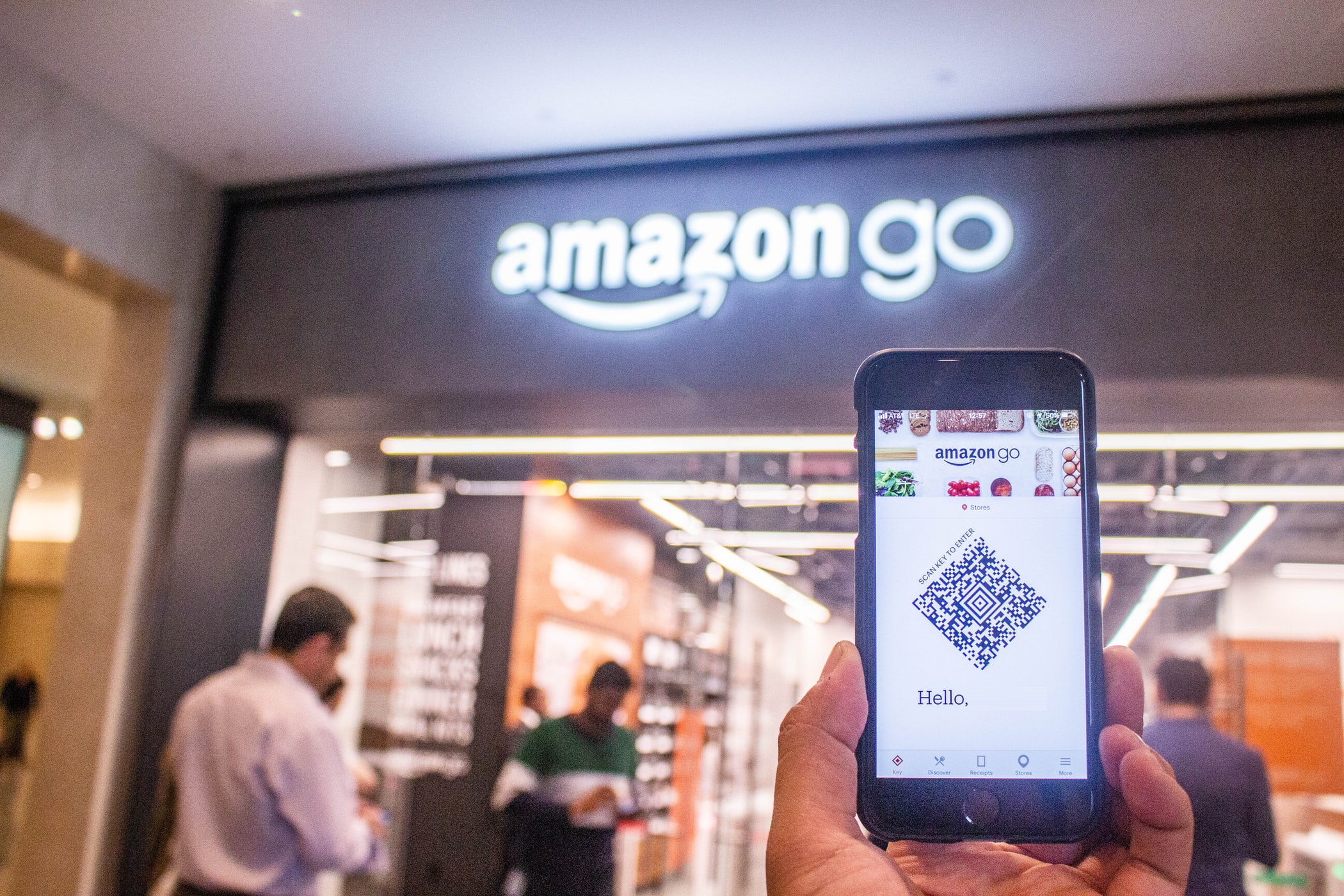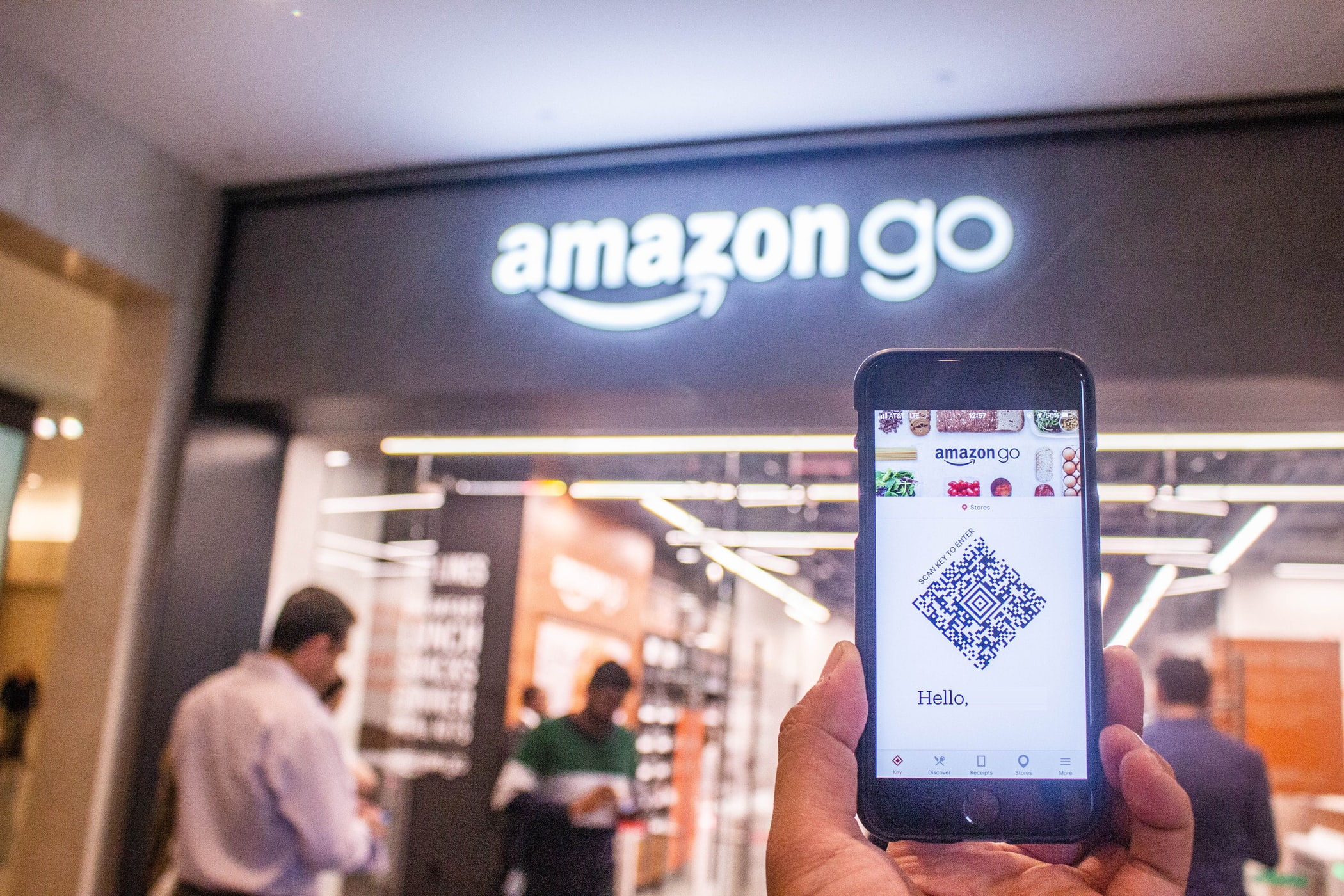
Amazon Go stores open in UK
Amazon has just opened its first two checkoutless "Amazon Go" stores outside North America, in the UK, branded Amazon Fresh. Inevitably there is plenty of media attention, curious customers queuing round the block and speculation about the future of grocery shopping.

By global standards, the UK has an extremely well-developed omni-channel grocery retail infrastructure, with significantly higher online penetration than the US, for example. All of the major UK grocers take thousands of orders per week via ecommerce sites, for a mix of home delivery and store pickup. There is significant use of dark stores and automation as order volumes have outgrown the store pick fulfillment model. One grocery ecommerce business, Ocado, has sold its proprietary automation and ecommerce solutions to grocers worldwide, including Kroger, Sobeys and Coles. The UK is therefore no stranger to retail technology, but in stores retailing, Amazon's introduction of its technology to avoid the checkout is a first in the UK.
Why checkoutless?
Checkoutless stores are interesting to retailers because they reduce the time, inconvenience and labour cost associated with the mundane activity at the checkout.
Checkoutless stores are an evolution of a long-term trend. Self checkout became popular in the 1990s, introduced by grocery retailers as a way to move the effort and cost of the checkout process from their staff to their customers and providing greater checkout throughput in a smaller footprint. When you weigh your bananas and process your payment on a self checkout machine, for those few minutes you are an unpaid, volunteer worker for the retailer. Customers accept this as a way to exert control over the process and (sometimes) to speed up their exit from the store.
The next evolution was a cashierless route through the store - where customers self-scan their groceries as they tour the store and pay at the end. This can either be with store-provided handheld mobile scanners, or scanners built into the cart, or increasingly commonly by using an App on the customer's own phone.
What's wrong with Amazon Go?
I don't believe Amazon Go is the best concept for checkoutless stores for two main reasons.
First, it is a technology-heavy solution, consisting of the mobile App, entry gates, high definition cameras, shelf sensors. For someone who makes their living from advising retailers on matters of technology, this might seem a counter-productive suggestion. Isn't the use of technology to replace labour both desirable and an inescapable trend throughout centuries of civilization? Yes and no. Yes those statements are true, but no, technology's role should be to get out of the way when possible. If technology is not needed, then we should remove it. When wireless became viable, we removed wires from many devices. When the cloud became viable, we stopped storing data on Zip drives. Why install entry gates in a grocery store and demand customers use a mobile App, if these can be avoided?
Second, a solution like Amazon Go demands customers participate in the retailer's ecosystem. You need to be a member of the retailer's club to use its stores. It sets the rules, it determines the conditions of entry and has the power to exclude you. This is a significant deviation from centuries of retailing practice and has societal implications. If I do not have a mobile phone or a credit card, if I am not part of the credit rated majority, if I am on the fringes of society there is a risk we are stepping towards a world where I do not get to buy food.
OK, so what's your better idea?
My team and I have been investigating developments in this area for some time. It has moved quickly from concept, to pilot, towards large scale viability. Several companies are active, in different stages of development, and with different ideas on what the customer experience should be and how the technology should work.
The winning system must be reliable, affordable, unobtrusive and capable of being retrofitted into existing stores (there were c.53,000 grocery & C stores in the UK alone in 2018 - Source IGD).
The best solution I have seen so far does not require a customer to identify themselves, nor carry a phone or other device. It uses relatively low definition (i.e. low cost) cameras, mounts cameras in easily fitted and inconspicuous rails above the shopping aisles, requires no entry gates or shelf sensors. The power of the solution is in the video analytics software that differentiates between customers as they tour the store, identifies the items they have picked up and builds a basket.
At the end of the shopping trip customers who choose to use the retailer's mobile App will have payment taken as they exit. They can also choose to visit a payment station before leaving if they require reassurance the basket and payment details are correct. Customers who do not have a phone or the App can just go to the standard cashier line where their basket is injected directly into the POS and any payment method, including cash, is available.
This, I believe, is a much more open, more inclusive vision than the narrow, expensive and technology-intensive future that the Amazon Go style stores offer us. Amazon Go still provides a model for more affluent, more tech-literate customers in higher density, urban areas in smaller format stores, but it won't be the model we see rolled out universally in grocery stores.
